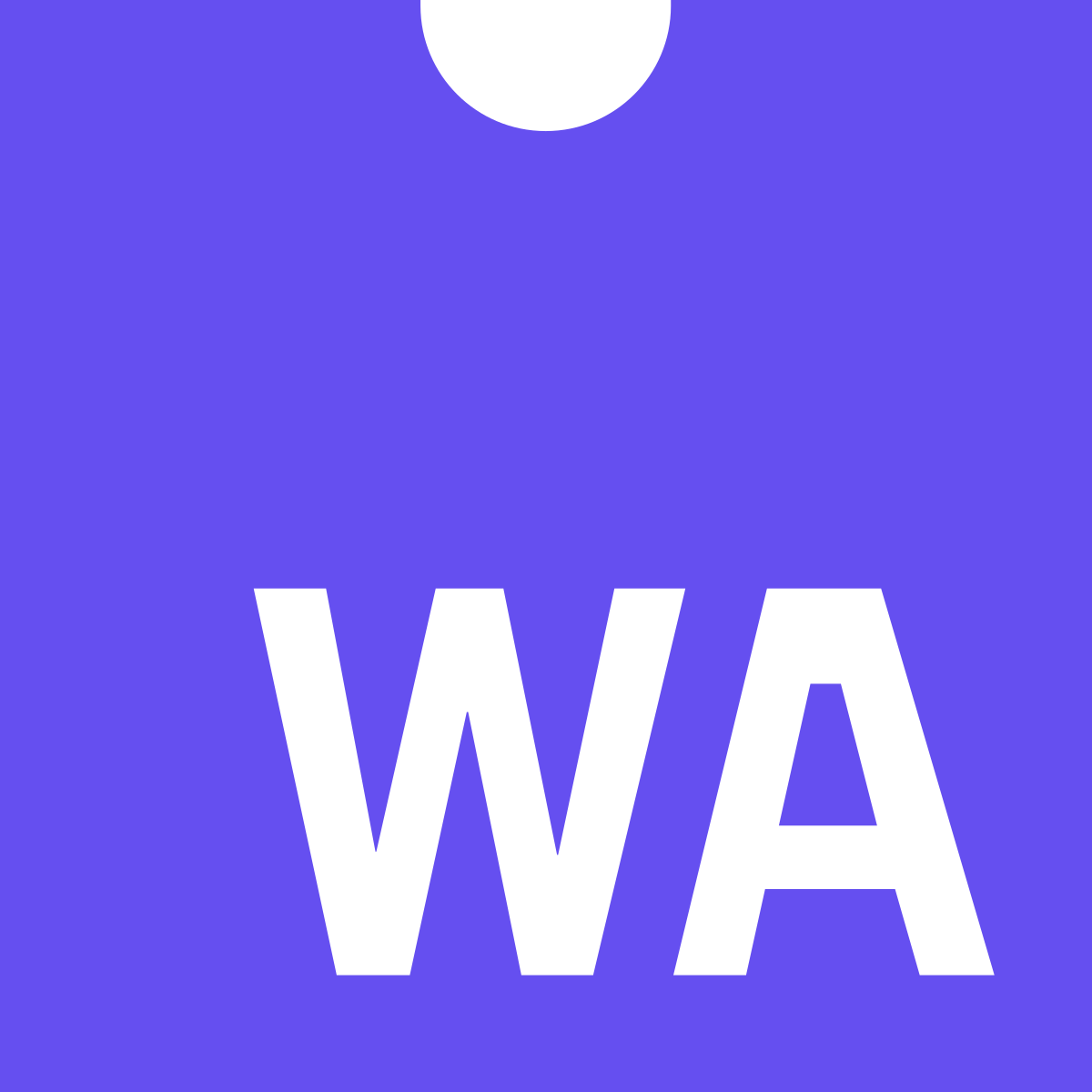Introduction to Avalonia UI
What is Avalonia UI?
Avalonia UI is a modern, powerful, cross-platform UI framework for .NET developers that enables building beautiful, high-performance desktop, mobile, and web applications from a single codebase. It uses its own rendering engine (based on Skia) to draw UI controls, ensuring consistent appearance and behavior across various platforms, including Windows, macOS, Linux, Android, iOS, and WebAssembly.
Unlike Windows Presentation Foundation (WPF) which is limited to Windows, or Universal Windows Platform (UWP) which is limited to the Windows ecosystem, Avalonia UI empowers developers to create applications that can run virtually anywhere .NET runs, without compromising on features or performance.
// The power of Avalonia in a simple Hello World
using Avalonia;
using Avalonia.Controls;
using Avalonia.Markup.Xaml;
namespace AvaloniaHelloWorld
{
public class MainWindow : Window
{
public MainWindow()
{
InitializeComponent();
}
private void InitializeComponent()
{
AvaloniaXamlLoader.Load(this);
}
}
}
<Window xmlns="https://github.com/avaloniaui"
xmlns:x="http://schemas.microsoft.com/winfx/2006/xaml"
x:Class="AvaloniaHelloWorld.MainWindow"
Title="Avalonia Hello World"
Width="400" Height="300">
<StackPanel HorizontalAlignment="Center"
VerticalAlignment="Center">
<TextBlock Text="Hello, Avalonia UI!"
FontSize="24"
FontWeight="Bold"
Foreground="#1E88E5"/>
<Button Content="Click Me"
Margin="0,20,0,0"
Padding="10,5"
HorizontalAlignment="Center"/>
</StackPanel>
</Window>
Avalonia applications are written in C# or F#, making it easy to rapidly prototype applications that can evolve over time into complex, enterprise-grade systems. The framework provides full access to the platform's capabilities and delivers excellent performance through its compositional renderer.
Key Features
| Feature | Description |
|---|---|
| Cross-Platform | Build once, run everywhere: Windows, macOS, Linux, Android, iOS, and WebAssembly |
| XAML UI Design | Familiar XAML syntax for defining user interfaces, similar to WPF and UWP |
| Modern Architecture | Built on .NET 6/7/8, leveraging the latest advancements in the .NET ecosystem |
| Flexible Styling | Comprehensive styling with CSS-like selectors and theme support |
| MVVM Support | First-class support for the Model-View-ViewModel pattern with ReactiveUI integration |
| Rich Control Library | Extensive set of built-in controls, layouts, and third-party component support |
| Hardware Acceleration | GPU-accelerated rendering with support for custom visual effects and animations |
| Open Source | MIT licensed with an active community and regular updates |
When to Use Avalonia UI
Avalonia UI is an excellent choice when:
- You need to target multiple platforms from a single codebase
- You want a modern UI framework with XAML support
- You're familiar with WPF or UWP and want to leverage that knowledge
- You need a flexible styling system for creating custom themes
- You want to build desktop applications with .NET that run on non-Windows platforms
- You need to share UI code between desktop and mobile applications
Comparison with WPF and UWP
While Avalonia UI shares many concepts with WPF and UWP, there are important differences to understand when choosing a framework or migrating existing applications.
Framework Comparison
| Feature | Avalonia UI | WPF | UWP/WinUI |
|---|---|---|---|
| Platforms | Windows, macOS, Linux, Android, iOS, WebAssembly | Windows only | Windows 10/11 devices only |
| UI Language | XAML | XAML | XAML |
| Programming Languages | C#, F# | C#, VB.NET, F# | C#, VB.NET, C++, JavaScript |
| Rendering Engine | Skia (cross-platform) | DirectX (Windows-specific) | DirectX (Windows-specific) |
| Minimum .NET Version | .NET Standard 2.0, .NET 6+ | .NET Framework 3.5+, .NET 6+ | UWP: .NET Native, WinUI 3: .NET 5+ |
| Open Source | Yes (MIT License) | Yes (MIT License via .NET Foundation) | Partially (WinUI is open source) |
| Control Set | Modern controls inspired by WPF | Traditional Windows controls | Modern Fluent Design controls |
| Styling System | CSS-like selectors with styles | Resources and templates | Resources and templates with Fluent Design |
| Data Binding | ReactiveUI integration, similar to WPF with enhancements | Comprehensive | Comprehensive with x:Bind |
| Hot Reload | Yes | Yes (in newer versions) | Yes |
| Designer Support | Limited (improving) | Extensive | Extensive |
| Community Size | Growing | Large, established | Medium, growing |
| Mobile Support | Native | None | UWP: Windows devices only |
| Web Support | WebAssembly | None | None |
Key Differences from WPF
Avalonia UI's API is heavily inspired by WPF, making migration relatively straightforward, but there are some notable differences:
// WPF Dependency Property
public static readonly DependencyProperty TextProperty =
DependencyProperty.Register(nameof(Text), typeof(string), typeof(MyControl));
// Avalonia Property
public static readonly StyledProperty<string> TextProperty =
AvaloniaProperty.Register<MyControl, string>(nameof(Text));
Property System
- Avalonia uses
AvaloniaPropertyinstead ofDependencyProperty - Property registration syntax is different but conceptually similar
- Attached properties use a different registration pattern
Styling System
- Avalonia uses CSS-like selectors for targeting elements:
<!-- Avalonia Style -->
<Style Selector="Button.primary">
<Setter Property="Background" Value="#1E88E5"/>
</Style>
<!-- WPF Style -->
<Style TargetType="Button" x:Key="PrimaryButton">
<Setter Property="Background" Value="#1E88E5"/>
</Style> - Styles are applied automatically based on selectors, not by explicit references
- Pseudo-classes like
:pointeroverreplace WPF triggers
Other Differences
- Control templating has syntax differences
- Avalonia doesn't support WPF's BitmapEffects (uses different effects system)
- Animation system is different but conceptually similar
- Avalonia uses
.axamlfile extension (though.xamlworks too) - Different namespace conventions and control class hierarchies
Key Differences from UWP/WinUI
Avalonia UI offers cross-platform capabilities that UWP lacks, but with some important distinctions:
Platform Support
- Avalonia works across multiple operating systems, not just Windows
- No direct access to Windows Runtime APIs (though platform-specific code is possible)
UI and Controls
- Different control styling approach:
<!-- Avalonia -->
<Button Classes="accent" Content="Click Me"/>
<!-- UWP -->
<Button Style="{StaticResource AccentButtonStyle}" Content="Click Me"/> - Similar layout concepts but different implementation details
- Avalonia doesn't use UWP's adaptive layout system but has its own responsive capabilities
Application Model
- Different application lifecycle management
- No concept of app suspension/resumption like in UWP
- Different navigation patterns and conventions
Migration Considerations
When migrating from WPF or UWP to Avalonia:
- Start with UI components that have the fewest platform dependencies
- Use conditional compilation (
#if) for platform-specific code - Consider a gradual migration approach for large applications
- Leverage MVVM pattern to separate business logic from UI
- Use Avalonia's platform-specific APIs for necessary native functionality
Cross-Platform Capabilities
One of Avalonia UI's greatest strengths is its true cross-platform nature. Unlike other frameworks that claim to be cross-platform but have significant limitations, Avalonia delivers a consistent experience across desktop, mobile, and web platforms.
Desktop Platforms

Avalonia UI applications run natively on:
| Platform | Supported Versions | Requirements |
|---|---|---|
| Windows | Windows 7, 8, 10, 11 | .NET 6.0+ runtime |
| macOS | macOS 10.13 (High Sierra) and above | .NET 6.0+ runtime |
| Linux | Ubuntu, Fedora, Debian, etc. | .NET 6.0+ runtime, appropriate graphics libraries |
// Platform-specific code example for Windows
#if WINDOWS
// Windows-specific functionality
var windowsPath = System.IO.Path.Combine(
Environment.GetFolderPath(Environment.SpecialFolder.Windows),
"System32");
#endif
Desktop applications benefit from:
- Native performance on each platform
- Access to platform-specific APIs when needed
- Consistent UI rendering across operating systems
- Support for multiple windows and dialogs
- Hardware acceleration for smooth animations and effects
Mobile Platforms

Android

iOS
Avalonia UI provides robust support for mobile platforms:
| Platform | Supported Versions | Features |
|---|---|---|
| Android | Android 5.0 (Lollipop) and above | Touch input, gestures, native controls |
| iOS | iOS 10 and above | Touch input, gestures, native controls |
Mobile development with Avalonia offers:
- Touch-optimized UI controls
- Responsive layouts that adapt to different screen sizes
- Access to device-specific features through platform-specific code
- Ability to share business logic and UI code with desktop versions
// Example of platform-specific service implementation
public interface IPhotoPickerService
{
Task<Stream> PickPhotoAsync();
}
#if IOS
public class iOSPhotoPickerService : IPhotoPickerService
{
public async Task<Stream> PickPhotoAsync()
{
// iOS-specific implementation
}
}
#elif ANDROID
public class AndroidPhotoPickerService : IPhotoPickerService
{
public async Task<Stream> PickPhotoAsync()
{
// Android-specific implementation
}
}
#endif
Web Platform

Avalonia UI can run in web browsers through WebAssembly (WASM), enabling:
- Deployment of applications to the web without rewriting the UI
- Sharing code between desktop, mobile, and web versions
- Progressive Web App (PWA) capabilities
- Offline functionality
Web deployment considerations:
- Initial download size is larger than traditional web apps
- Performance depends on the browser's WebAssembly implementation
- Some platform-specific features may not be available
- DOM integration is possible but requires special handling
Project Structure for Cross-Platform Development
When building cross-platform applications with Avalonia UI, a typical solution structure looks like this:
MyApp.sln
├── MyApp (shared project)
│ ├── Models/
│ ├── ViewModels/
│ ├── Views/
│ ├── Services/
│ └── App.axaml
├── MyApp.Desktop (Windows/macOS/Linux)
│ └── Program.cs
├── MyApp.Android
│ └── MainActivity.cs
├── MyApp.iOS
│ └── AppDelegate.cs
└── MyApp.Web
└── Program.cs
This structure allows you to:
- Share UI, business logic, and services in the core project
- Implement platform-specific features in the platform projects
- Use dependency injection or service locator patterns for platform services
- Conditionally compile code for specific platforms
Code Sharing Strategies
To maximize code sharing while handling platform differences:
-
Shared UI with Platform-Specific Adjustments:
<StackPanel Spacing="{OnPlatform Default=10, iOS=20, Android=15}">
<!-- Shared UI elements -->
</StackPanel> -
Platform-Specific Services with Common Interface:
// Register the appropriate implementation based on platform
services.AddSingleton<IFilePickerService>(
#if WINDOWS
new WindowsFilePickerService()
#elif ANDROID
new AndroidFilePickerService()
#elif IOS
new iOSFilePickerService()
#else
new DefaultFilePickerService()
#endif
); -
Conditional Compilation:
#if MOBILE
// Mobile-specific code
#else
// Desktop-specific code
#endif -
Platform Detection at Runtime:
if (OperatingSystem.IsWindows())
{
// Windows-specific code
}
else if (OperatingSystem.IsMacOS())
{
// macOS-specific code
}
In the following sections, we'll explore how to set up your development environment, create your first Avalonia UI application, and dive deeper into the framework's capabilities.